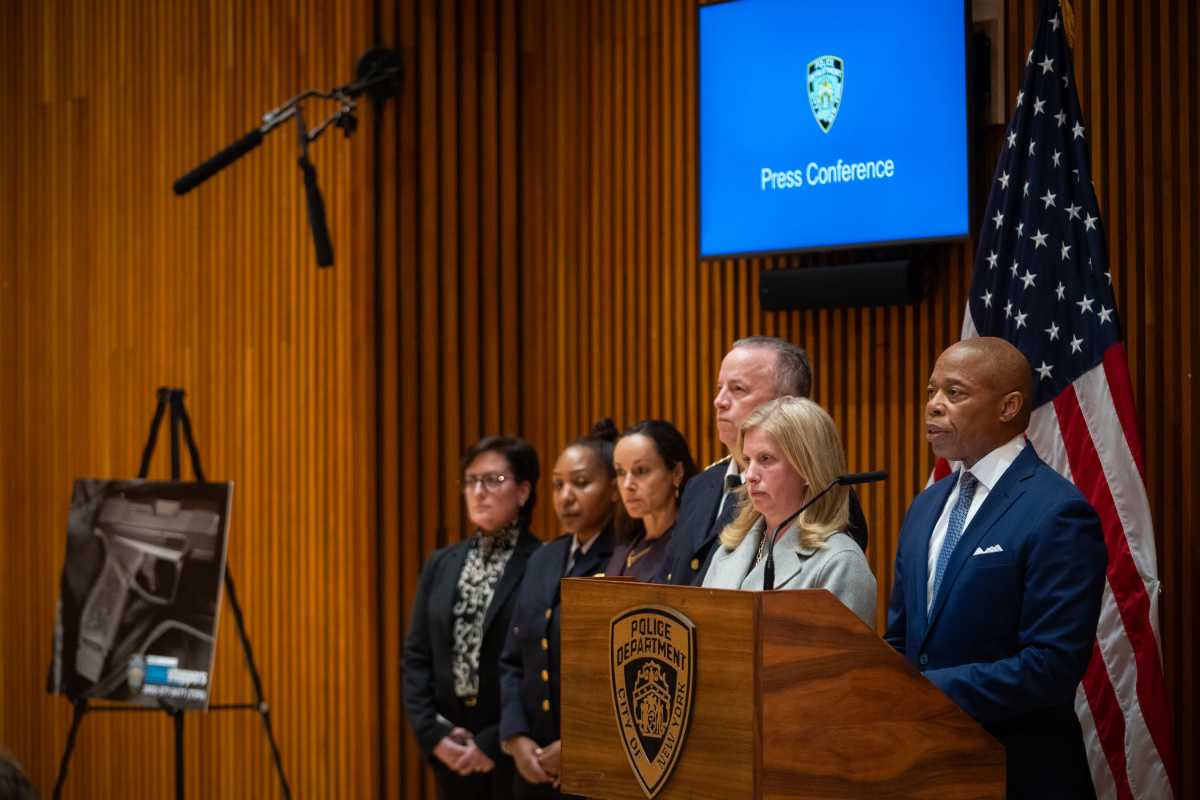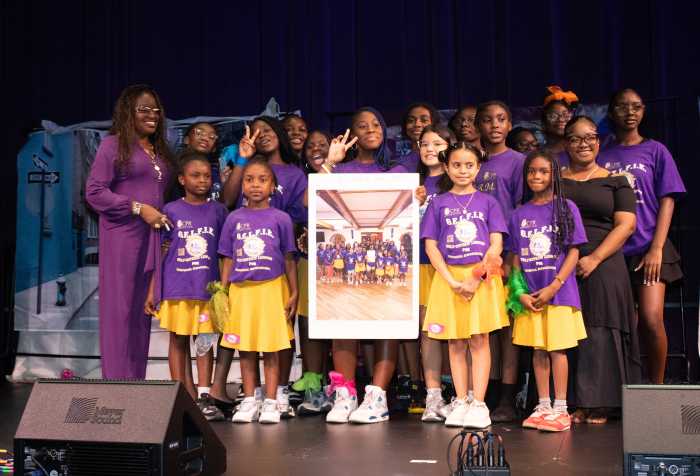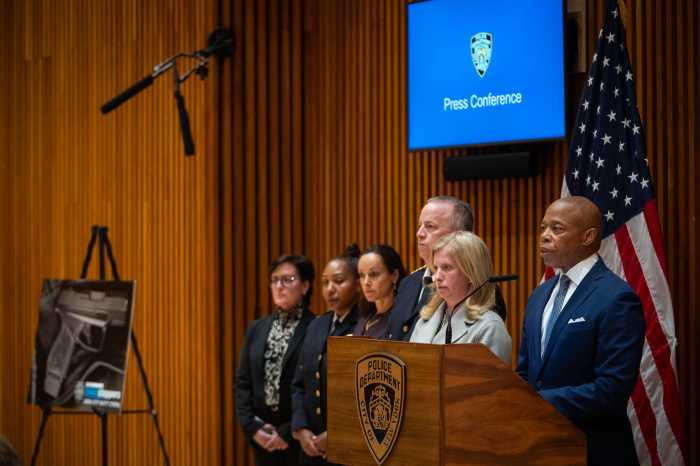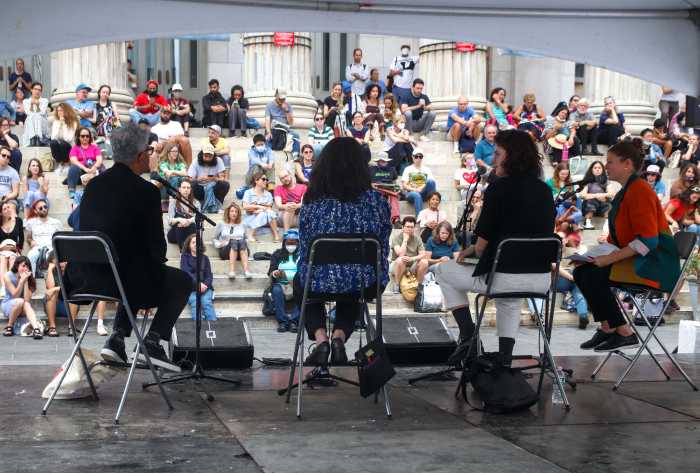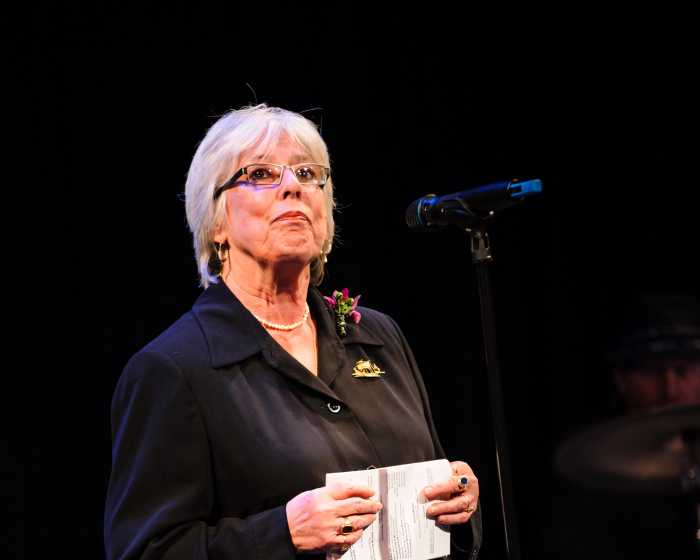Jonathan Gregg, New York City’s premier pedal steel guitarist, recalls being “crushed when we moved to Poughkeepsie.” It was 1969, Gregg was 14 years old and not ready to leave the Upper West Side.
“Poughkeepsie and New York were very different places,” he laments. He also left behind the drums, his first instrument.
“I was a huge fan of drums when I was a kid and both of my uncles were drummers … but I just wasn’t a very good one,” he admits. “My first guitar was an electric Gibson Kalamazoo. I bypassed the whole acoustic thing … all I wanted to do was play electric guitar. I walked around the house all day with that guitar around my neck.”
He adds that “there was nothing that interested me the way that did and there was nothing that felt the way that I felt when I played music.”
Gregg got into Brown University but “had no academic passion.” He played in some good bands, though, including The Mundanes, a “poppy new wave band” that played original tunes. That combo included keyboardist John Linnell, who went on to form They Might Be Giants.
“We had a good run,” Gregg notes. “We opened for The Ramones, B-52’s, Talking Heads, NRBQ …. we moved to New York in 1981, got a manager and recorded a demo with Mick Ronson (of David Bowie fame) producing but didn’t get picked up.”
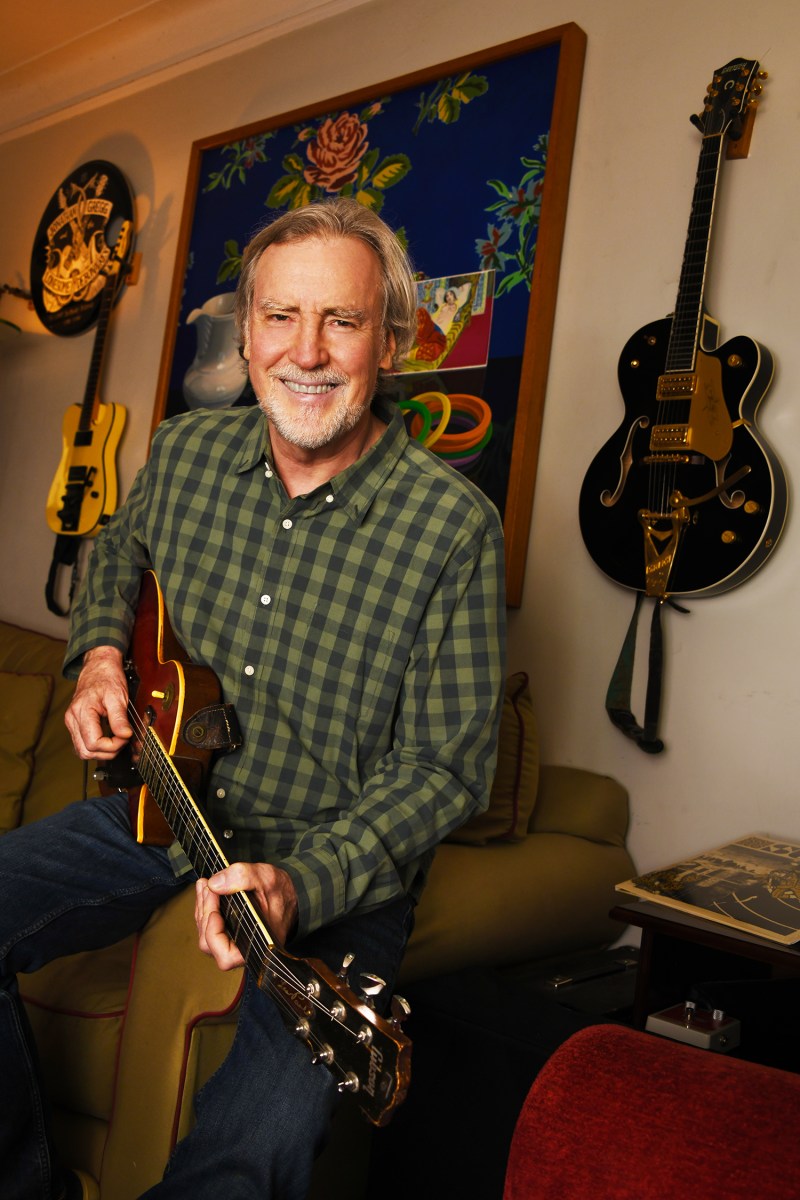
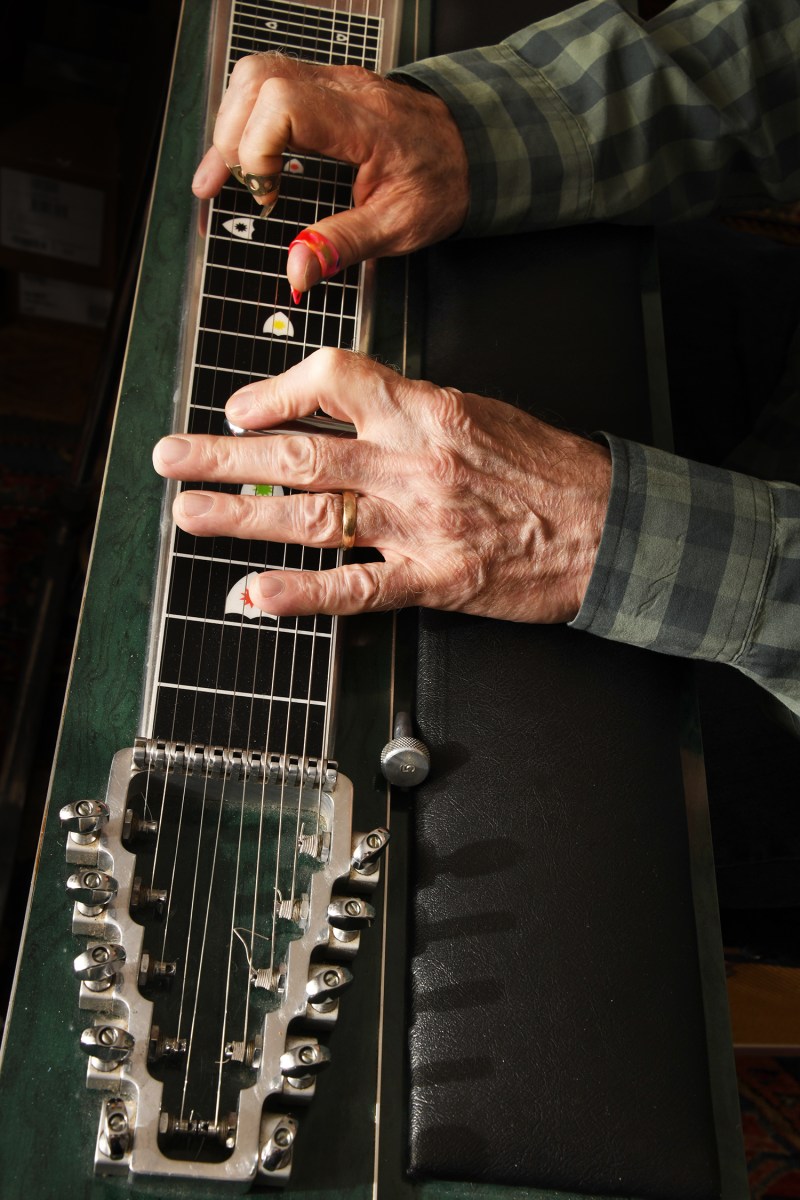
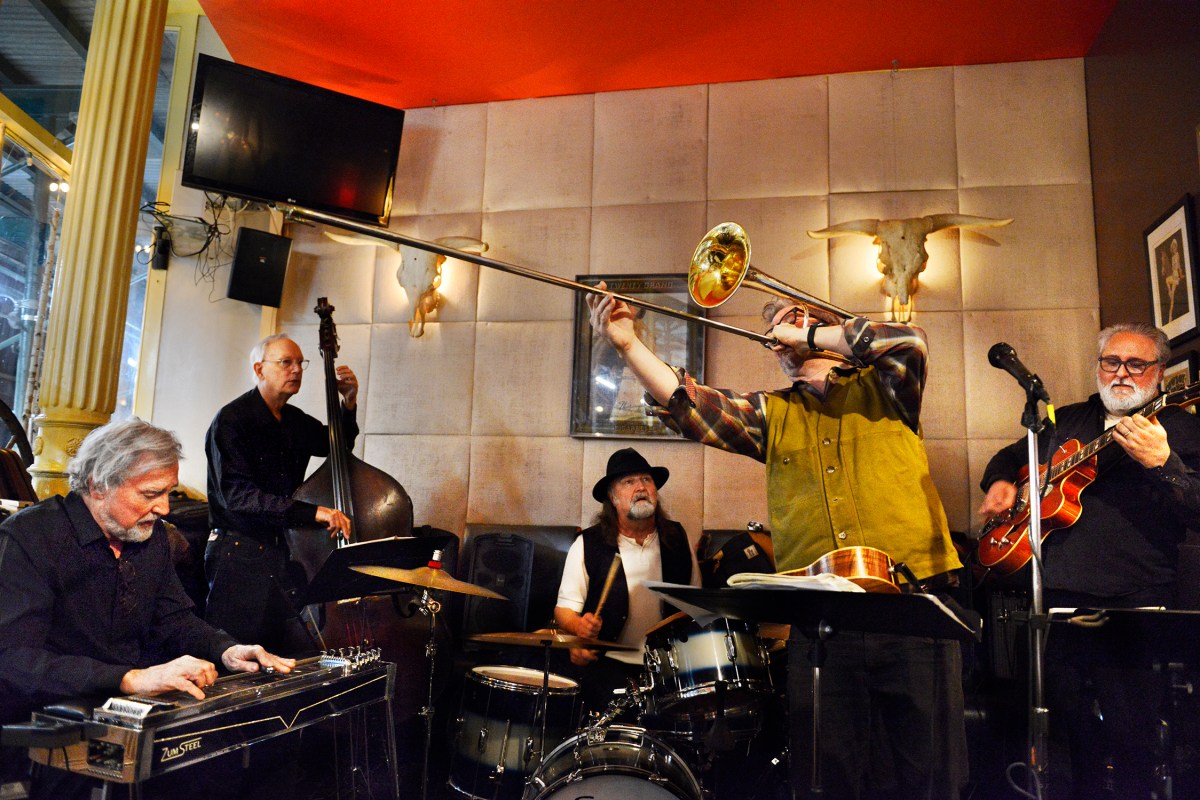
Andy RiedelPhoto by Bob Krasner
After the demise of that band, he began to write original tunes and put together a new group: Jonathan Gregg and the Lonesome Debonaires. An early version included Linnell and John Andrews, who went on to produce “Beavis and Butthead.”
Gregg paid the rent at first with a gig in the mail room at Rolling Stone magazine, but after acing a proof reading test he landed that slot and moved on to become a copy editor, initially at Interview magazine and then at Sports Illustrated, Vanity Fair and Entertainment Weekly, among others.
But he was “building a life around music,” and the Debonaires LP’s were critically well received by Stereo Review and Rolling Stone, who praised the “triple threat” of his singing, songwriting and playing. When that band ran its course Gregg began to concentrate on learning the pedal steel guitar, a much different animal than the basic six-string. He had been fascinated by the instrument since he was 19, when he was listening to the Flying Burrito Brothers, Emmylou Harris and Jerry Garcia moonlighting with the New Riders of the Purple Sage.
“It’s a very declarative instrument,” he explains. “Just about everything is different, including the tuning. All of your limbs are engaged. There is no strumming — it’s more vocal. It actually has similar qualities to a synthesizer. There’s not much in common with a guitar.”
Learning it was going to take some time, but after being laid off from a job with severance pay, he found that he had the “motive, opportunity and means” to learn the thing.
“I spent the better part of a year playing the pedal steel all day long,” he says.
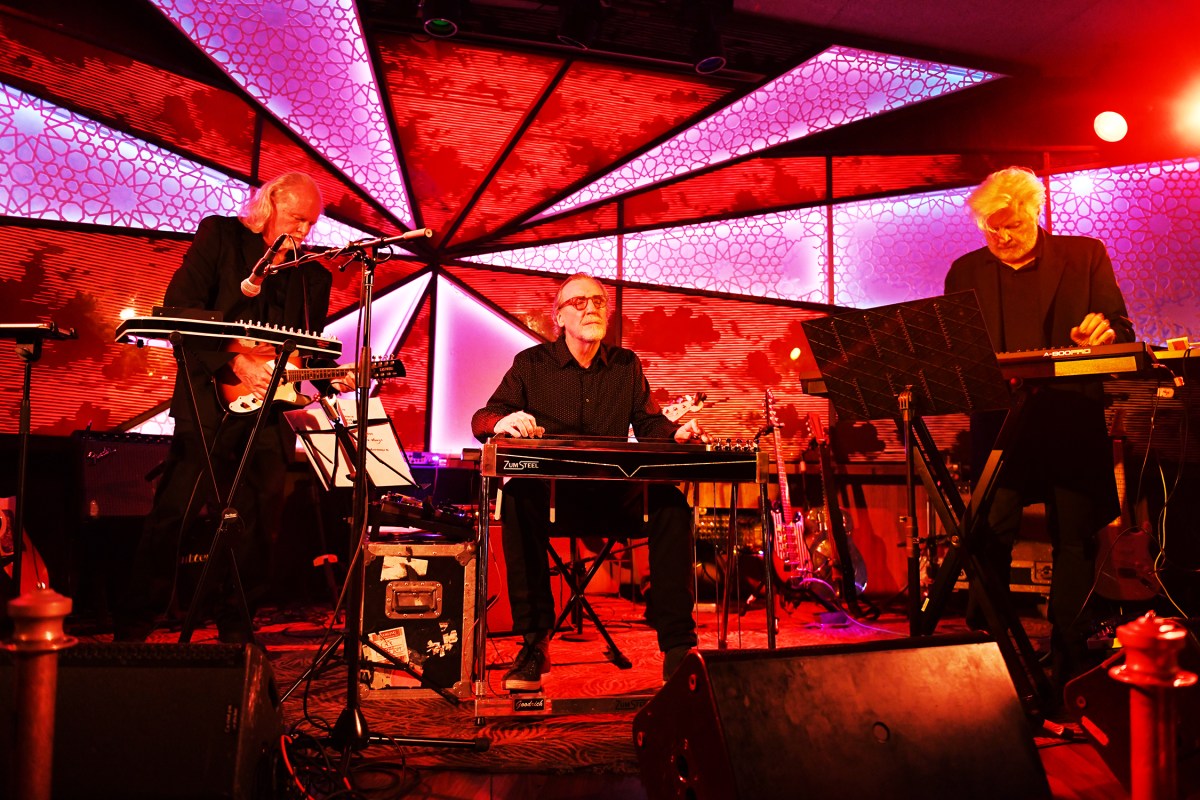
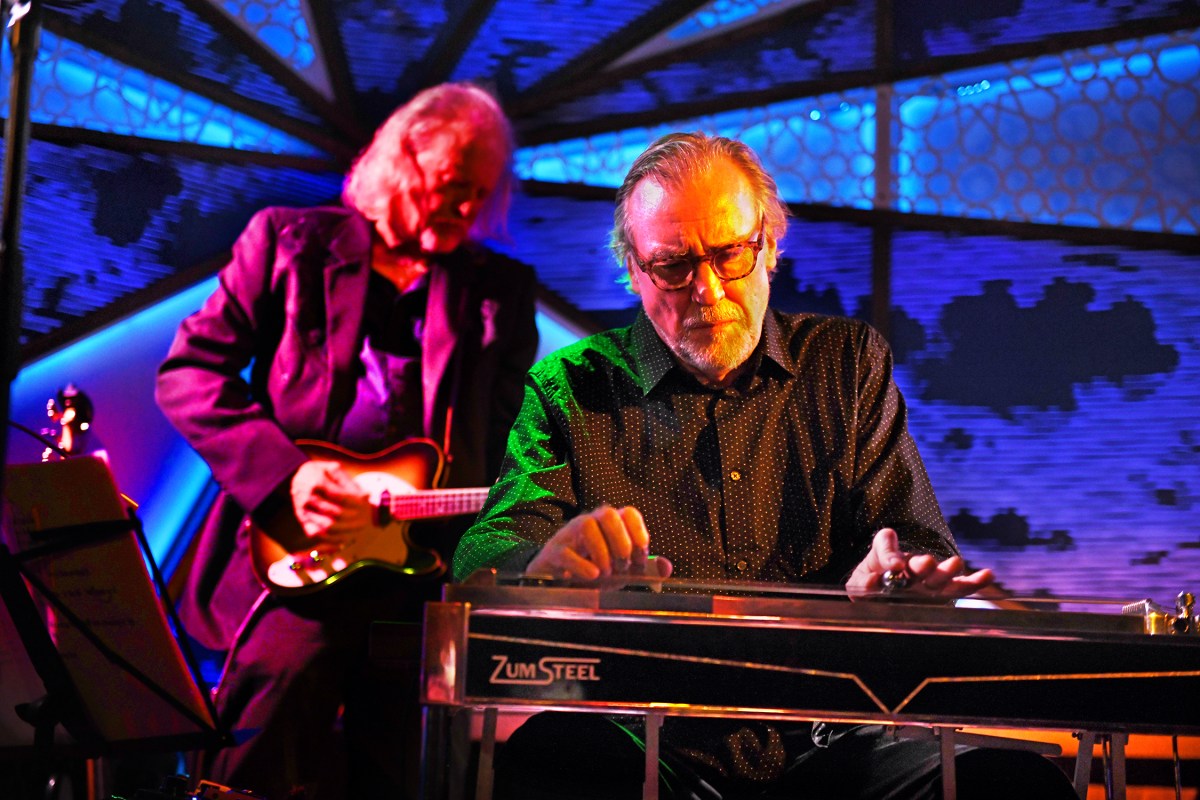
Gregg is currently demonstrating his prowess with two very different bands.
The Combine is an unusual combo of Gregg on pedal steel, Dave Hofstra on upright bass, Rich Feridun on guitar, David Christian on drums and J. Walter Hawkes on ukulele, trombone and vocals. Their repertoire is a mix of instrumental covers that range from The Monkees’ “Pleasant Valley Sunday” to Tears for Fears’ “Everybody Wants to Rule The World” with some old jazz tunes such as “Out of Nowhere” thrown in.
“It’s really fun to present unexpected arrangements of familiar tunes,” Gregg says. “I don’t know of anyone else with that combo of pedal steel and trombone. We pick songs with great melodies that sound like they were written for us. This band has a lot of improvisation — it’s more of a jamming thing, which is much different from SUSS. Our goal is to bring new life into great songs with surprising instrumentation and play the hell out of them!”
SUSS is an “ambient country” project that could be described as Ry Cooder meets Brian Eno, but that would unfairly be a reduction of its originality.
Consisting of Gregg, Bob Holmes and Pat Irwin, “SUSS is an exercise in restraint,” he explains. “It’s not about your chops or playing a lot of notes. It’s a very open-minded project that benefits from not being too specific. It’s different from anything else that I’ve ever done.”
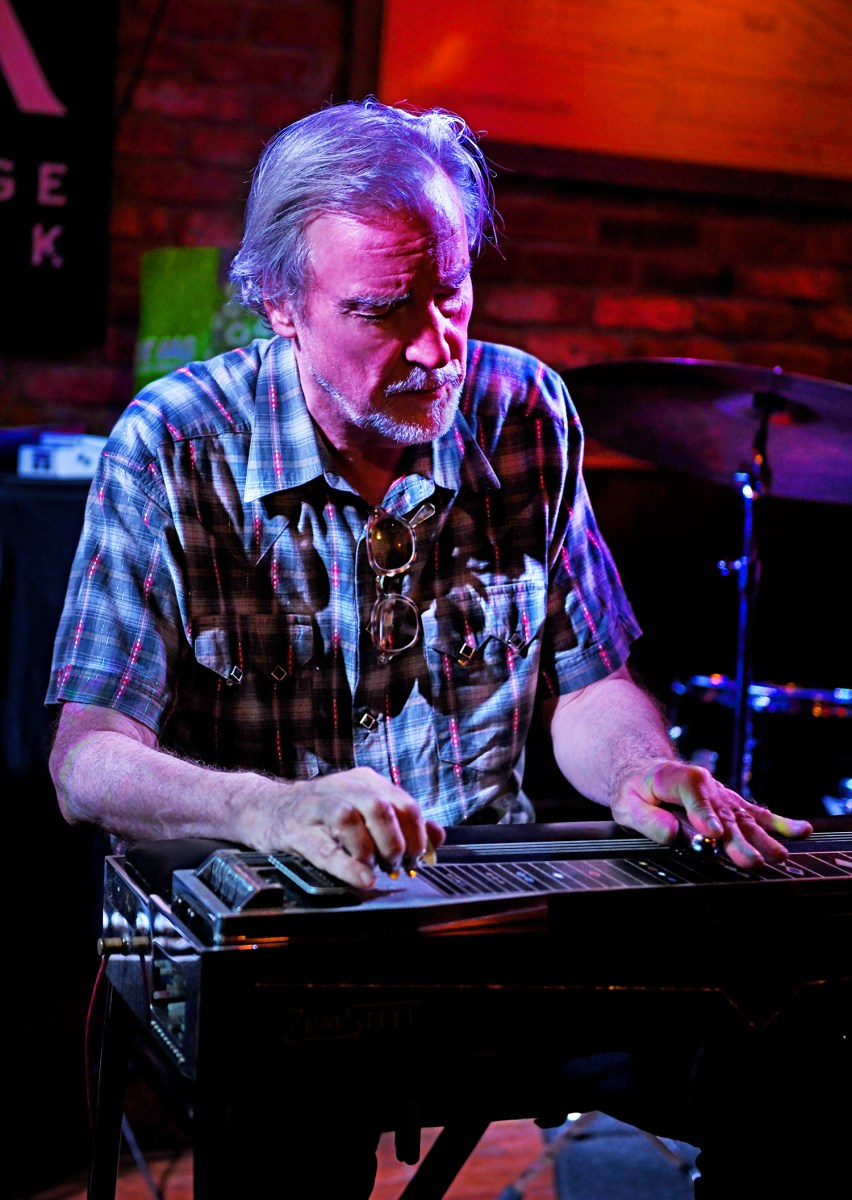
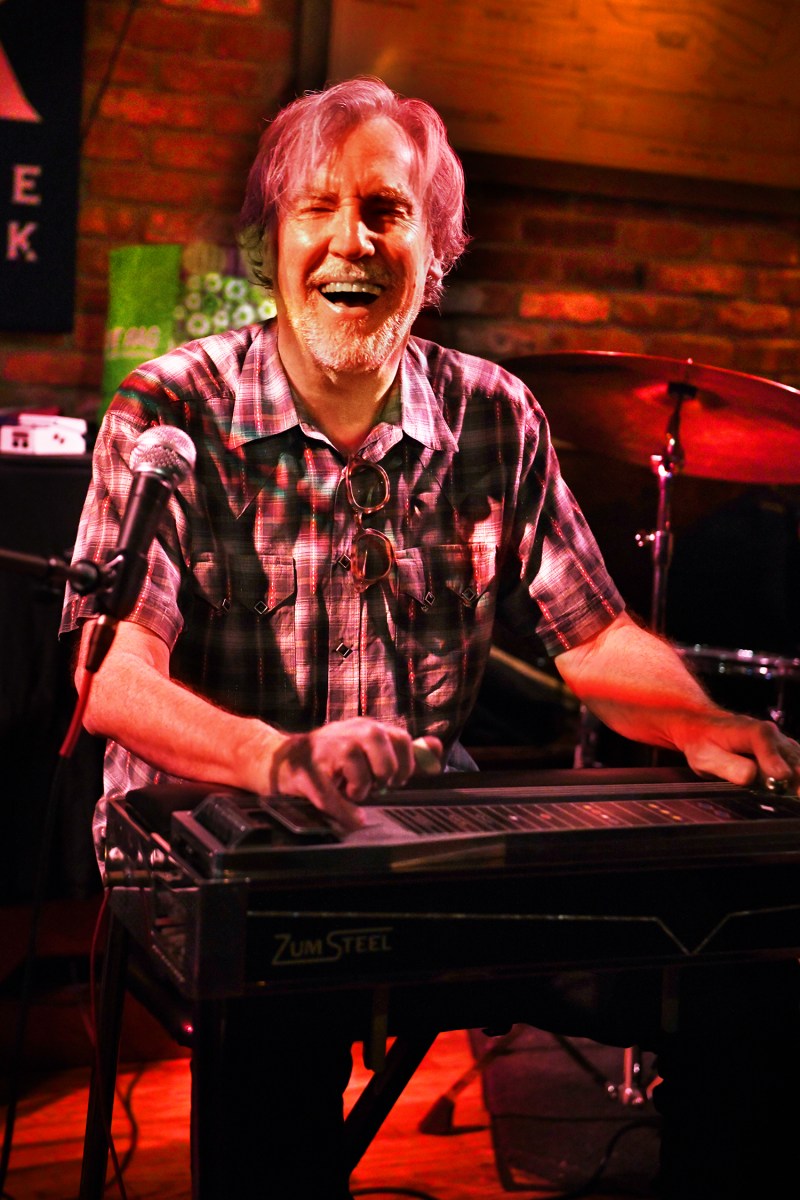

Holmes, who also plays alongside him in The Crusty Gentlemen (bluegrass, with Gregg on dobro) and the Velveeta Underground (a surprisingly serious tribute band that renders the VU tunes in a bluegrass style), has a few words to say about his bandmate.
“I’ve known Jonathan for about 45 years, going back to our New Wave days in Providence, RI. We’re connected both musically and personally, so it can be hard at times to separate the two, and I think that connection shows up in our music,” Holmes said. “In the genre of music that SUSS plays, there are a lot of great pedal steel players and I would say that Jonathan’s approach to the instrument is the most traditional, though at times he completely surprises us and our audience, which is one of the secret sauces that keeps SUSS different than our peers.”
Pat Irwin states that “SUSS would not be SUSS with Jonathan Gregg and his pedal steel,” and that “Jonathan always adds the most musical and beautiful elements to our music. The pedal steel sings and he gives that voice a soul.”
Hawkes, a recent addition to the Gregg musical sphere, had this to say: “The Combine is the first group I’ve been in with Jonathan, so I’ve only known him for a short time. He plays a beast of an instrument (take it from someone who plays some beastly things), and he does it his own way… no one sounds like him! And he’s a great guy to boot”.
“I’ve always been a band guy,” Gregg explains. “ I really appreciate the chemistry of a band and how deeply you can explore unique interplay between a unique group of people. That to me is the whole thing, really.”
Learn more about SUSS at sussband.com, or on BandCamp at suss.bandcamp.com. Find more of Gregg’s music at jonathangregg.bandcamp.com.
Read More: https://www.amny.com/entertainment/music/
















